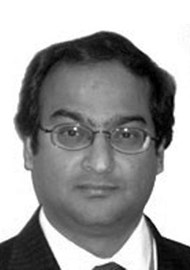Anyone that has ever been on an advanced trauma life support (ATLS) or indeed any other trauma course will be well indoctrinated with the principles of airways, breathing and circulation (ABC). Securing the airway is of paramount importance; but what to do if the anatomy is altered or indeed if manipulating the head and neck / oral cavity could lead to a loss of the airway by way of bleeding or swelling? Patients with facial trauma can be challenging for all specialties involved – anaesthetist, maxillofacial, facial-plastic or ENT surgeon. The treatment is complex and requires extremely close cooperation between all disciplines involved. Facial trauma is not uncommon and most facilities have an accepted protocol or algorithm for the management of a difficult airway. The authors from Switzerland describe in detail the St Gallen algorithm for difficult airway and especially the airway in facial trauma. The algorithm is based on three fundamental principles: 1. The airway should be secured in the spontaneously breathing patient; 2. The anaesthetist should only use techniques he / she masters; 3. The approach must be changed no later than after the second unsuccessful attempt. There is an excellent flow chart that can be printed out. These three fundamentals really crystallise the essence of the processes of securing the airway. It is a useful account for all clinicians involved in airway management especially after trauma and everyone involved in managing patients following facial trauma. I feel these principles can really be applied to a number of other surgical interventions.




